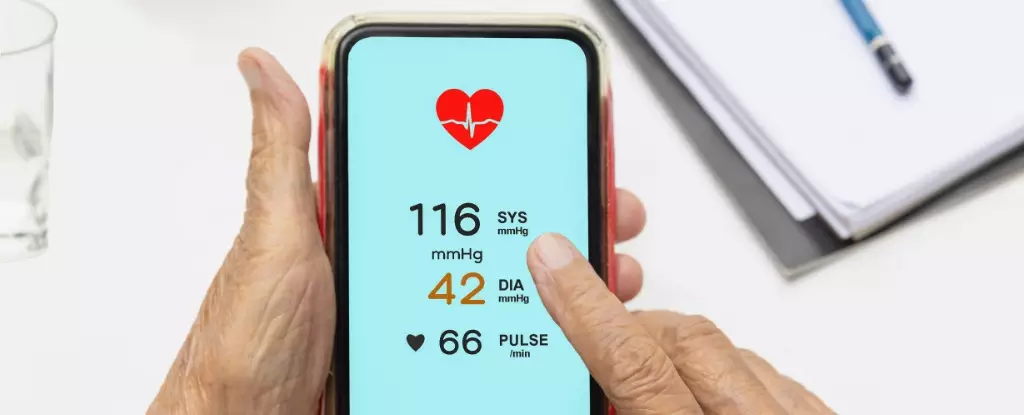High blood pressure, commonly known as hypertension, is a significant health concern impacting millions worldwide, often remaining undetected until it leads to severe complications like heart disease and kidney failure. In a groundbreaking development, researchers at the University of Pittsburgh have introduced an innovative Android application that promises to transform how individuals monitor their arterial pressure. This smartphone-based approach eliminates the need for traditional medical equipment, potentially democratizing access to crucial health metrics, particularly in communities that experience healthcare disparities.
Hypertension is often referred to as the “silent killer” due to its subtle symptoms and significant long-term health risks. Many people do not realize they are suffering from high blood pressure until it manifests in severe conditions. This lack of awareness is particularly pronounced in underserved populations, where access to healthcare services and regular medical screenings is limited. The traditional method of measuring blood pressure using a sphygmomanometer involves inflating a cuff around the arm to restrict blood flow temporarily. This process can often be cumbersome and is not always readily available to everyone who needs to monitor their health.
The app designed by the University of Pittsburgh research team capitalizes on the functionality of modern smartphones, utilizing their built-in sensors—such as accelerometers, cameras, and touch screens—to estimate blood pressure without invasive procedures. This innovative approach allows users to measure their health metrics from the comfort of their homes or, crucially, wherever they may be. As biomedical engineer Ramakrishna Mukkamala notes, individuals in areas lacking adequate medical resources often own smartphones but lack access to blood pressure cuffs, making this technology particularly pertinent.
What sets this app apart from traditional blood pressure measurement methods is its reliance on gravitational principles and user interaction. Unlike traditional devices that directly compress the artery, this application leverages the gravitational effects on blood flow and requires users to manipulate the position of their hands and apply touch pressure to the device screen to facilitate accurate measurements. This method is a novel application of technology that can potentially alter how self-monitoring of blood pressure is conducted globally.
How It Works
The app estimates pulse pressure by requiring users to adjust hand positions and engage in tactile interactions with the smartphone touchscreen. By elevating their hands, users can create hydrostatic pressure changes in their thumb, which the smartphone’s accelerometer can detect and translate into estimates of blood pressure. This clever engineering embodies how everyday technology can be repurposed for critical health monitoring, making it more accessible to the general population.
Preliminary testing involved 24 participants, during which the app demonstrated the ability to gauge pulse pressure with a reasonable degree of accuracy—within approximately 8 mm Hg of established measurements. The research team anticipates that as development progresses, the accuracy of the app is likely to improve, reinforcing its viability as a reliable health monitoring tool.
Despite the promising results, the creators of the app acknowledge the need for further exploration into changing public perceptions surrounding pulse pressure as a viable indicator of overall blood pressure. While the current methodology provides a suitable alternative, users and healthcare professionals alike will need to embrace this innovative approach as an effective means of gauging arterial health.
The search for a calibration-free, cuffless blood pressure measurement tool has long been considered the “holy grail” of non-invasive monitoring devices. With continued advancements, this smartphone application stands as a promising step forward in achieving that goal. The University of Pittsburgh researchers remain optimistic that their innovation may pave the way for more accessible health care solutions, ultimately leading to improved public health outcomes and greater awareness of hypertension’s potential dangers.
The introduction of this Android app signals a transformative shift in the way blood pressure monitoring can be approached. By harnessing the power of technology and mobile devices, the potential for early diagnosis and management of hypertension, particularly in vulnerable populations, has never been more attainable. This innovative solution offers a glimpse into the future of health monitoring, where convenience and accuracy can coexist to promote a healthier society.


Leave a Reply